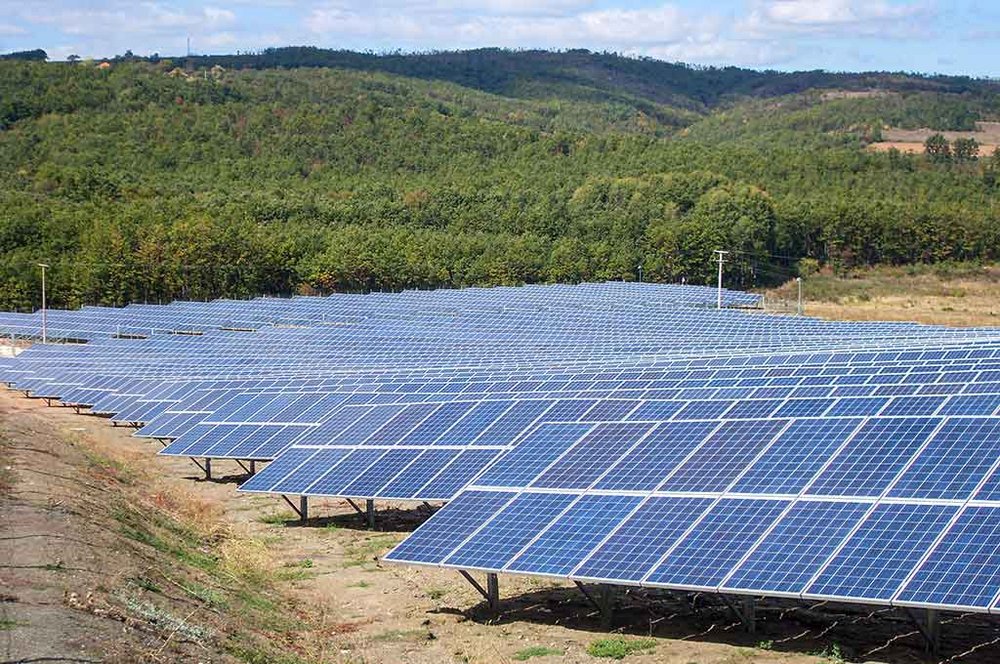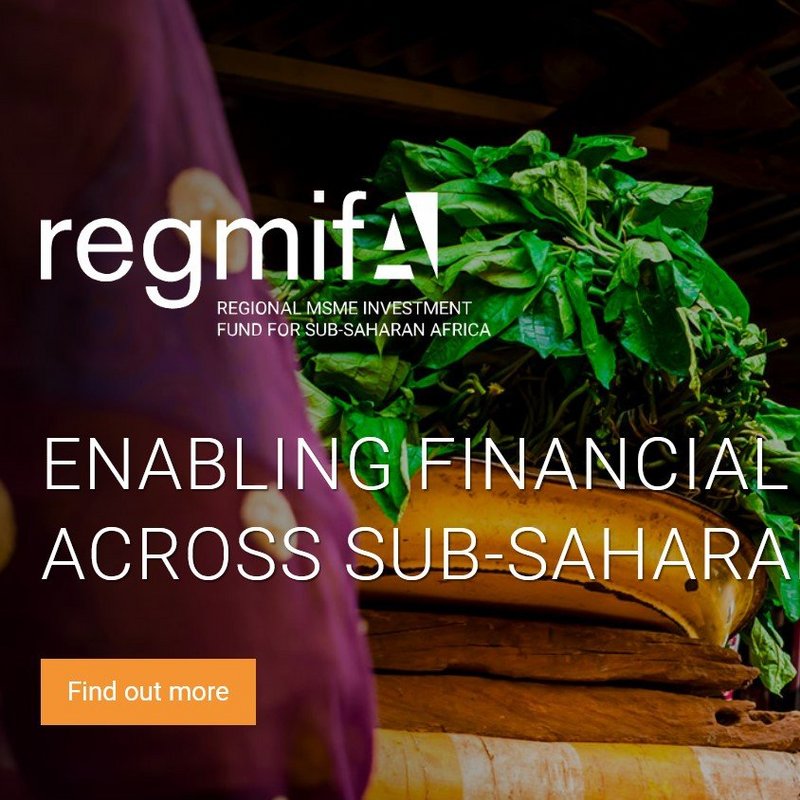SERBIA: Launch of the Green Economy…
By Nikola Catovic
Solar Power in Serbia
Only 10 years ago, drifting cooling towers and open coal mine pits were the profile picture of the Serbian energy sector. With the lion share of installed capacities used for the generation of electricity on brown coal and lignite, Serbia was topping the international polluting charts for decades. Some studies indicate that annually close to 2,000 premature deaths and thousands of respiratory and cardiovascular cases are linked to air pollution due to utilization of fossil fuels to meet the energy needs in the country.

For many years, renewable energy sources were only associated with massive hydropower plants on the Danube and Drina rivers, built during the former Yugoslav times. Solar PVs and windmills could only be seen abroad, often raising questions like: “Why are there no wind parks in Serbia?”
Even though abundant with natural resources, the instable political situation and lack of adequate laws and regulations halted the utilization of renewable energy sources at large scale for decades.
Small but decisive steps were taken only with the Energy law changes back in 2010. Since then, the country is trying to stick to its green agenda. However, there is no easy path to success. The adoption of the new regulations towards green technologies took off-guard all stakeholders in the market. Investors rushed in but were immediately hit by the harsh reality of an environment inexperienced to embrace the new technologies. Lack of local technical know-how, unaligned regulations and financial sector inexperienced in green project finance came back as a boomerang to the ambitious plans to transition from an extremely polluting environment to a much greener one.
So, where does Serbia stand today, 10 years after? Well, still approximately 60% of electricity is being produced in thermal power plants running on coal. Overall, in the past 10 years 10% of the generation capacity based on coal was replaced by renewable sources such as wind, small hydro, biogas and PV. But more work still needs to be done. As signatory of the Paris Agreement, Serbia has set its National Determined Contribution (NDC) to the United Nation Framework Convention on Climate Change (UNFCCC) with the commitment to reduce by 2030 its greenhouse gasses emissions (GHG) by 9.8% compared to 1990.
We at MACS had the opportunity to be at the forefront of that development wave by supporting both investors and financial institutions in building up the needed capacities and a profound understanding of renewable energy systems.
One of the landmark projects we supported was the 2 MW solar power plant Solar Matarova. Built close to the town of Kuršumlija, one of the poorest municipalities in the country, Solar Matarova still stands as the biggest PV project in Serbia, supporting also rural development.

The plant provides clean electricity for about 500 households. That may not sound like much, but the importance of this investment goes beyond the Kilowatt provided, as it is a lighthouse project for the local community and the wind power community of local investors, financiers, engineers, and workers involved in the implementation, operation and maintenance of the facility. For Solar Matarova, one of the first commercial renewable energy projects in Serbia, with our DD Plus concept we supported the investor in fine-tuning the project concept as well as the financier with the technical risk appraisal.


